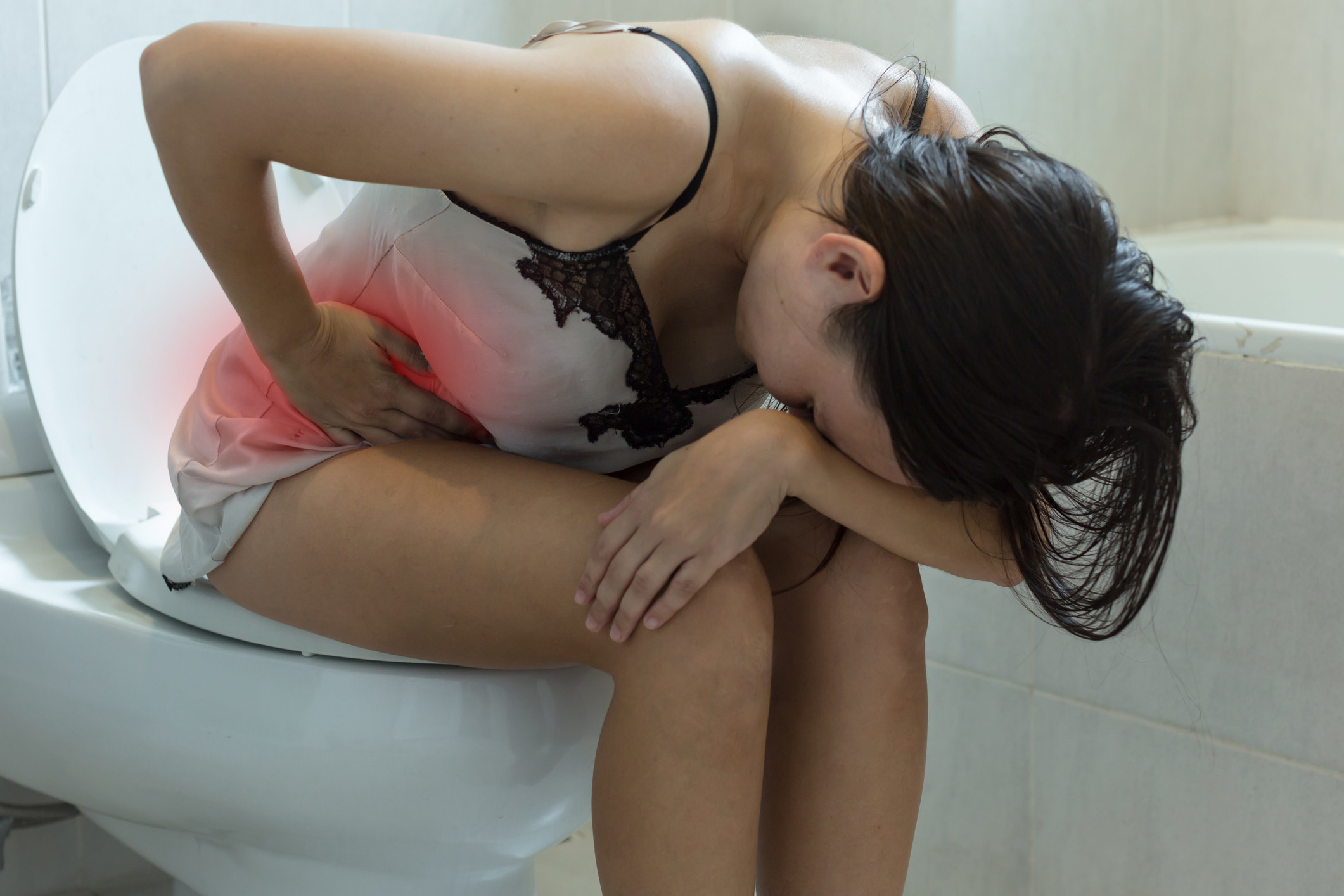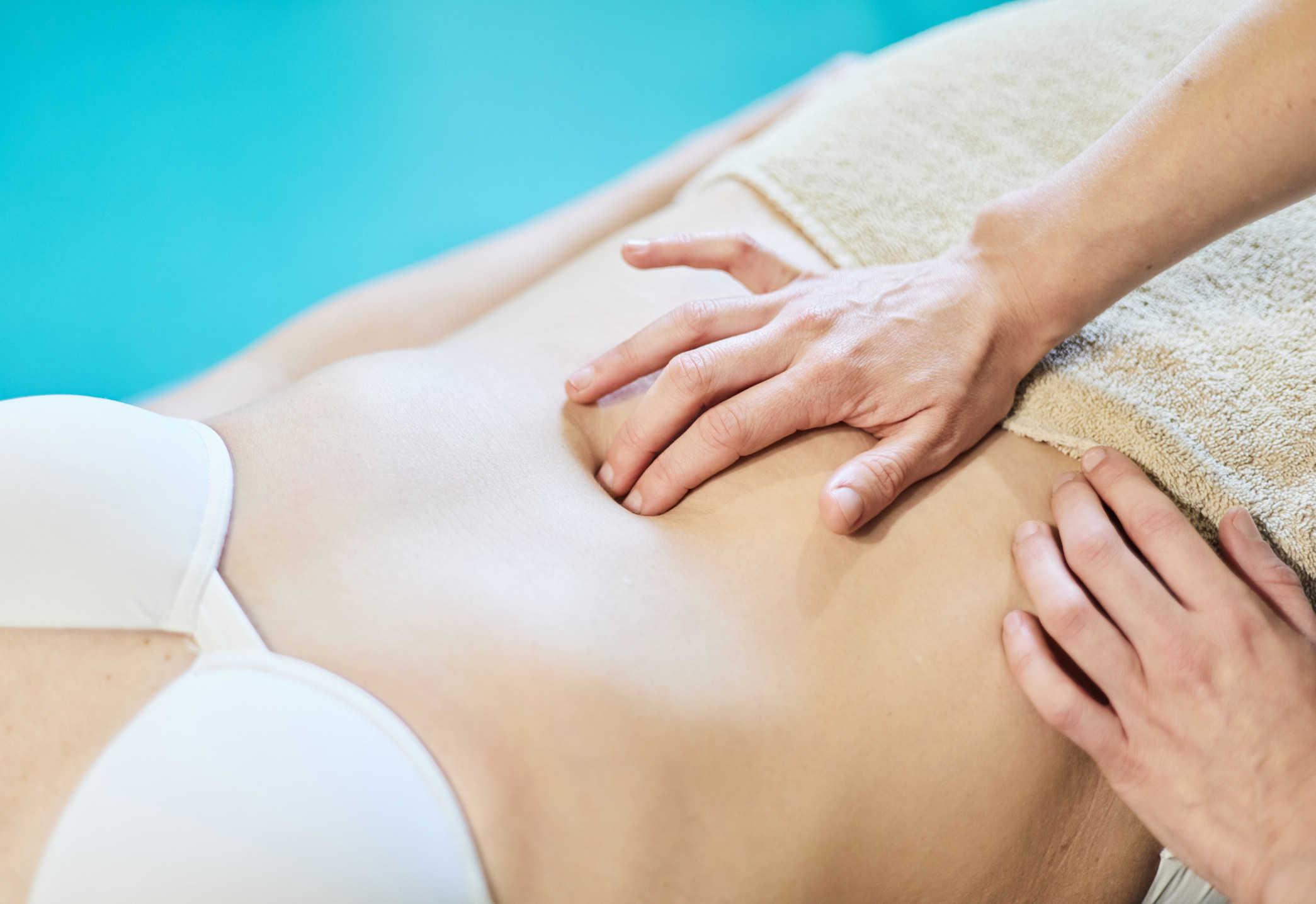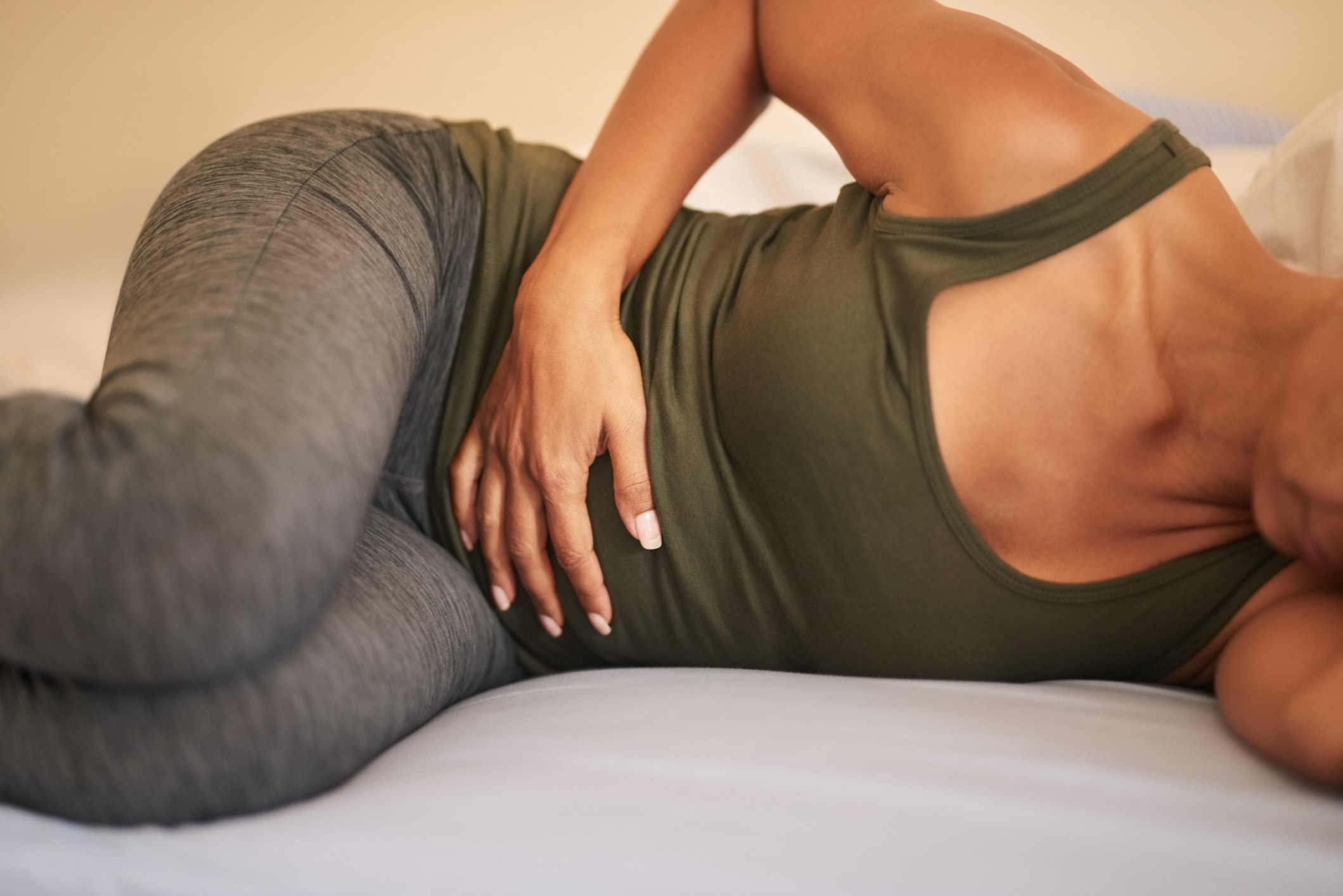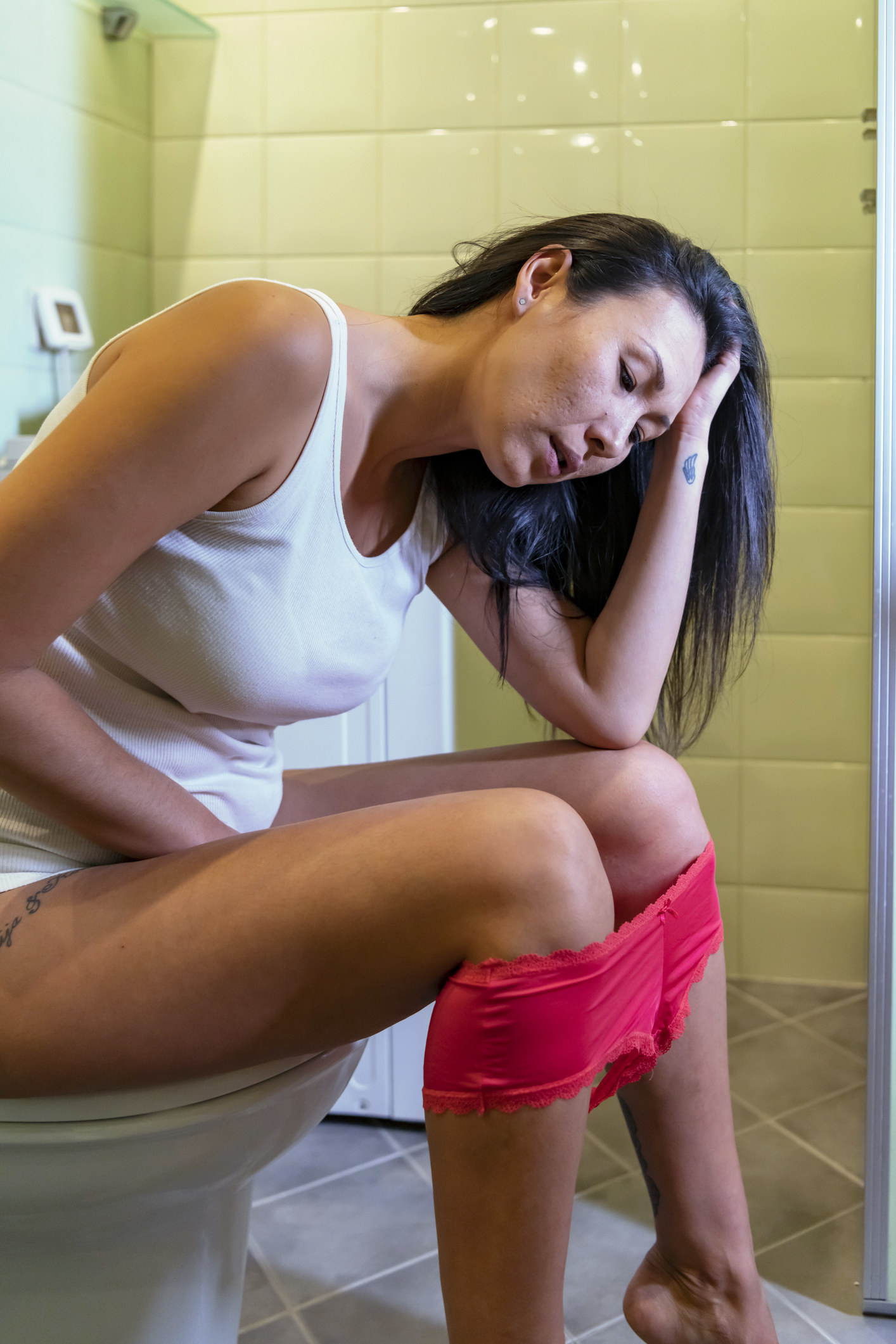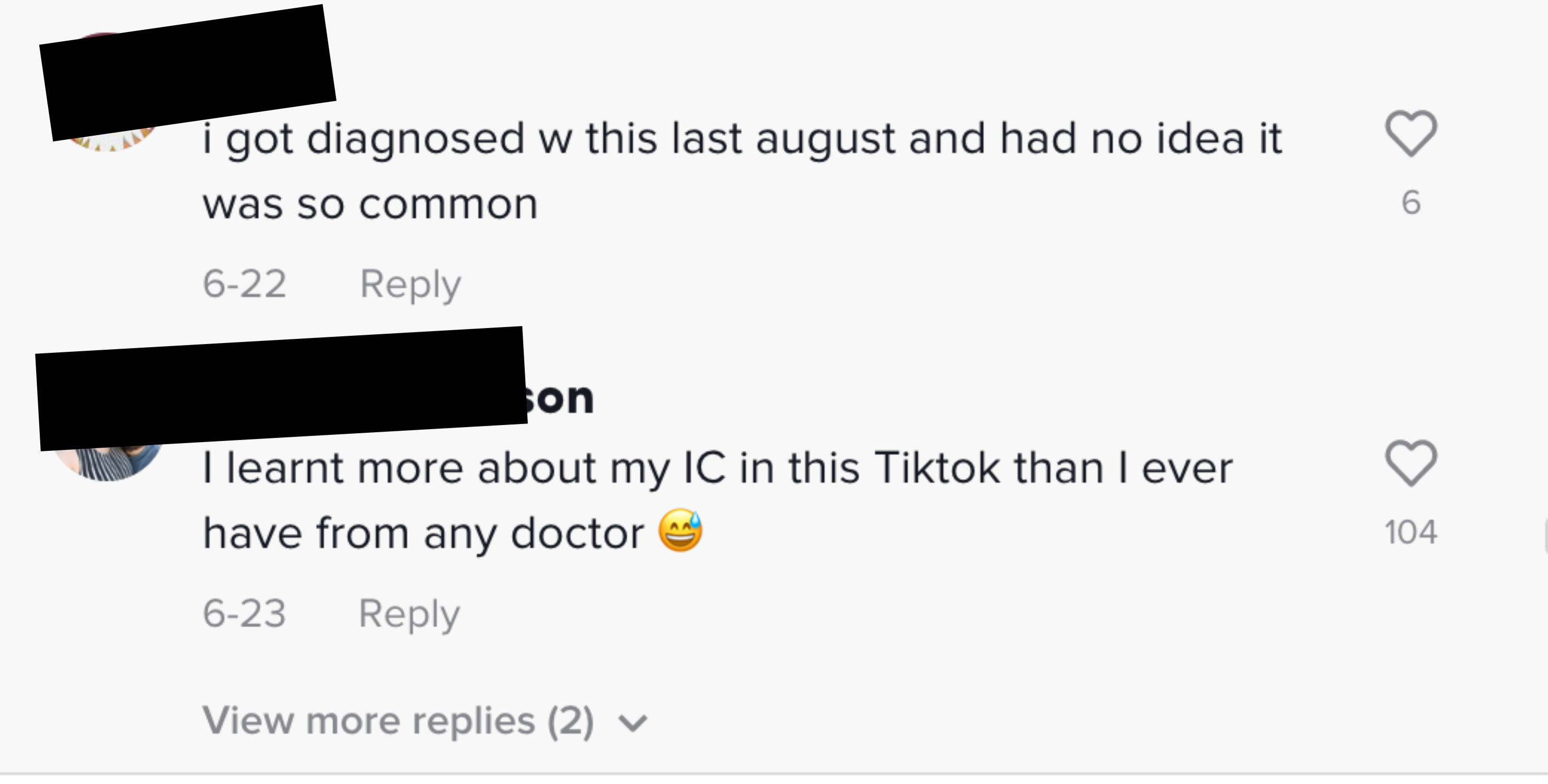But because there is a lack of information about this condition, because it sometimes mimics other disorders (like a UTI), and because it primarily affects women, it is often misdiagnosed or missed altogether. Thomas-White emphasized this, explaining that while there are actually a wide range of symptoms, most people who suffer from IC/PBS describe “pain originating in the bladder along with feelings of urinary urgency (the ‘gotta go!’ feeling) and urinary frequency (peeing often).” Thomas-White also noted that If you have ever had a UTI, that feeling is similar to what painful bladder syndrome feels like, except it does not go away with treatment and there is no identifiable infection. Unfortunately, according to Thomas-White, most patients end up going through a trial-and-error period to try to figure out what works for them. Patients are often counseled to figure out if there are any lifestyle choices that could be triggers, and any food or activities that cause flares. Another step would be to have pelvic floor physical therapy, which could decrease nerve stimulation in the pelvic region and improve symptoms. There are also options for oral or local medications or bladder instillations designed to manage pain, Thomas-White said, noting that “different approaches will be appropriate for different individuals.” Von Bargen agreed: “Women sometimes struggle to be heard by healthcare providers. If you feel like your symptoms aren’t being taken seriously or your treatment isn’t working, it’s OK to speak up or seek out other opinions.”


